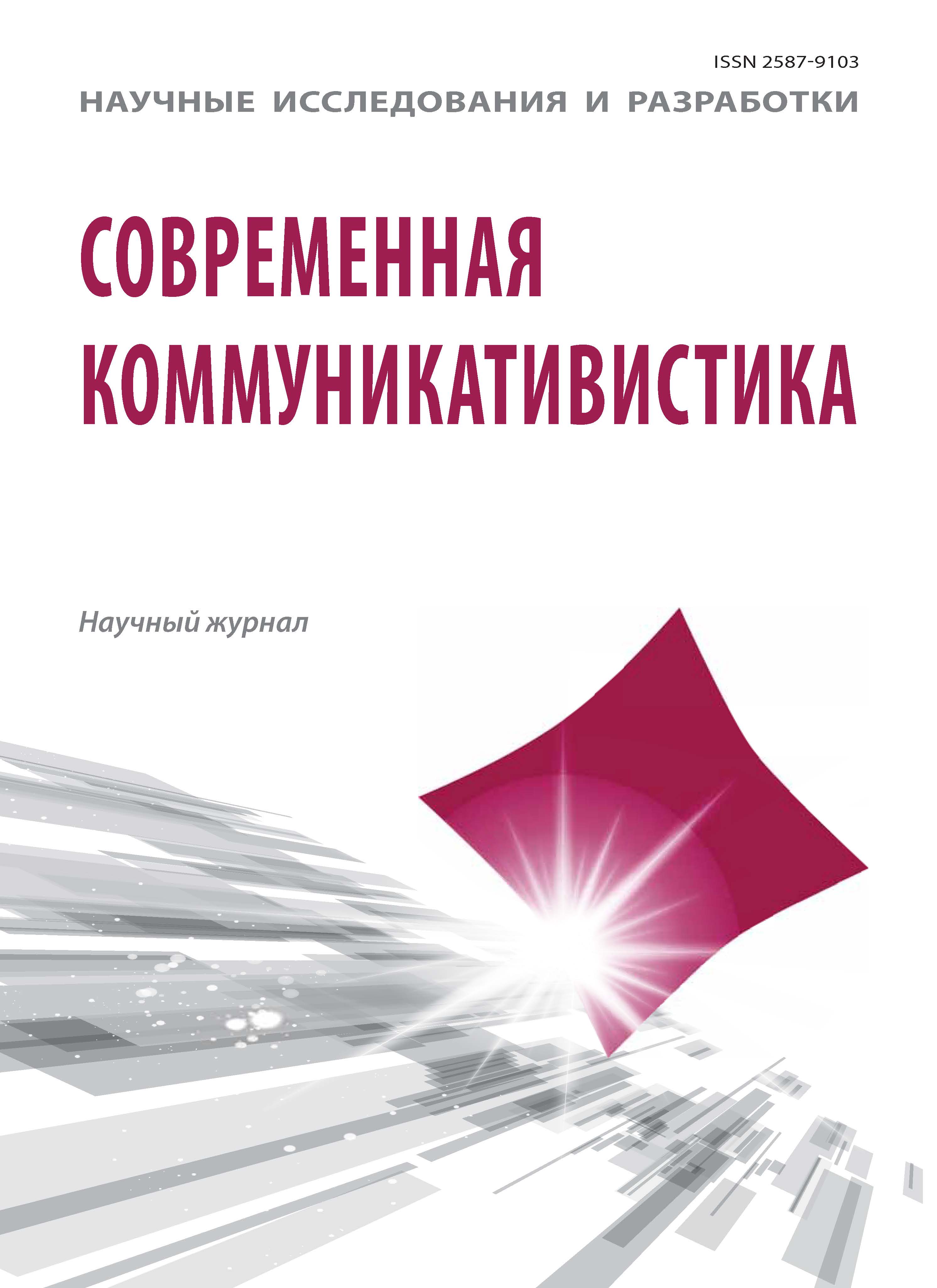UDC 16
UDC 80
UDC 81
CSCSTI 13.01
CSCSTI 13.07
CSCSTI 13.09
CSCSTI 13.11
Russian Classification of Professions by Education 51.04.01
Russian Library and Bibliographic Classification 71
Russian Trade and Bibliographic Classification 72
Russian Trade and Bibliographic Classification 721
Russian Trade and Bibliographic Classification 7214
Russian Trade and Bibliographic Classification 722
Russian Trade and Bibliographic Classification 7221
BISAC CGN000000 General
BISAC CGN004050 Manga / General
BISAC HIS000000 General
BISAC HIS037070 Modern / 20th Century
BISAC HIS037080 Modern / 21st Century
BISAC TEC056000 History
The article is devoted to visual narratives based on comics which form the values of mass culture. Comics are primarily a narrative medium. The subject of the study is the role of the formation of the values of mass culture. Particular attention is paid to the concept of visual narrative through comics and, in particular, its function in shaping the values of the subject of mass culture, because in modern culture, which is opposed to it through print and electronic media, the sense of reality is increasingly structured by narrative (narrative). The main research methods are sociocultural and historical approaches. They allow, based on the analysis of a vast amount of materials devoted to visual narratives and comics, including both foreign and domestic sources, to distinguish and interpret the main structure of the narrative: beginning, middle and ending. It is concluded that visual narratives affect society in key areas. Films tell stories about themselves and the world in which a person lives. Television appeals to society and offers reality in illusory forms. Printed products turn everyday life into history. Advertisements tell about the fantasies and desires of a modern person. The result of the study is the conclusion that visual narratives play a leading role in the formation of the values of mass culture, turning information and events into structures that are already significant for society. The novelty of the study is determined by the new facets of ideas about the phenomenon of visual narrative in the context of cultural knowledge.
socio-cultural approach, visual narrative, Mass culture, narrative, story, comics, visual culture, visual communication, modern culture, cultural knowledge
1. Aristotel'. Poetika. Ritorika / Aristotel'. Azbuka, 2015 - 352 s.
2. Abbott P. H. Real Mysteries: Narrative and the Unknowable (Theory and Interpretation of Narrative) / H. Porter // The Ohio State University Press - 2013. - 192 p.
3. Bal M. Narratology: Introduction to the Theory of Narrative. University of Toronto Press, Scholarly Publishing Division. 1997 - P. 256.
4. Barrier M., Williams, M. A Smithsonian Book of Comic-Book Comics - New York: Smithsonian Institution Press. 1981 - PP. 270-284
5. Carrier D. The Aesthetics of Comics - Penn State University Press. 2001 - 152 p.
6. Carroll N. The Power of Movies / N. Carrol. // Daedalus - № 114. -1985. - PP. 79-103.
7. Cronon W. A Place for Stories: Nature, History, and Narrative - Journal of American History. Vol. 78. 1992 - PP. 1347-1376
8. Dijk V., Teun A. Discourse Studies: A Multidisciplinary Introduction: Discourse as Structure and Process v. 1. Sage Publications Ltd. 1997 - 368 p.
9. Fisher W.R. Human Communication As Narration: Toward a Philosophy of Reason, Value and Action. Univ of South Carolina Pr. 1987 - 201 p.
10. Frye N. Anatomy of Criticism: Four Essays. Princeton University Press. 2000 - 400 p.
11. Groensteen T. Comics and Narration / T. Groensteen // U.S.: University Press of Mississippi. - 1988. - 192 p.
12. Gubern R. El lenguaje de los comics. / R. Gubern // Spain: Península. - 1972. - 179 p.
13. Johansen J.D. Dialogic Semiosis: An Essay on Signs and Meanings. Indiana University Press. 1993 - 380 p.
14. Harvey R. C. The Aesthetics of the Comic Strip - Journal popular culture, Vol. XII. 1979. - PP. 640-652
15. Hayman G., Pratt, H. G., "What Are Comics?” in Aesthetics - NJ: Pearson Prentice Hall. 2005 - PP. 419-424
16. Kunzle D. The Early Comic Strip: Narrative Strips and Picture Stories in the European Broadsheet from c.1450 to 1825. University of California Press; 1st edition. 1973 - 471 p.
17. Marion P. Traces en cases: travail graphique, figuration narrative et participation du lecteur. Academia. 1993 - 74 p.
18. Manning P. K., Cullum-Swan, B. Narrative,content,and semiotic analysis. InN. Denzin & Y. Lincoln (Eds.) - Thousand Oaks, CA:Sage. 1994 - PP. 463-478.
19. MacIntyre A. Against the Self-Images of the Age: Essays on Ideology and Philosophy - University of Notre Dame Press. P. 1978 - 296 p.
20. McCloud S. Making Comics: Storytelling Secrets of Comics, Manga and Graphic Novels. William Morrow Paperbacks. 2006 - 264 p.
21. McCloud S. Scott McCloud Understanding Comics: The Invisible Art / S. McCloud // William Morrow Paperbacks. - 1994. - 224 p.
22. McCloud S. The Comics Journal / S. McCloud. - № 179. - 1995. - PP. 53-81.
23. Meskin A. Defining Comics? - The Journal of Aesthetics and Art Criticism Vol. 65. 2007 - PP. 369-379
24. O’Shaughnessy M., Stadler. J. Media and Society: An Introduction. Oxford University Press, 2001 - 328 p.
25. Riessman C. K. Narrative Analysis - SAGE Publications. 1993 - 80 p.
26. Turner V. Image and Pilgrimage in Christian Culture - Columbia University Press. 1995 - 280 p.
27. White R. Visual thinking in the Ice Age. Scientific American, 261(1). 1989 - PP. 92 - 99
28. White H. The Content of the Form: Narrative Discourse and Historical Representation - Johns Hopkins University Press. 1990 - 264 p.








